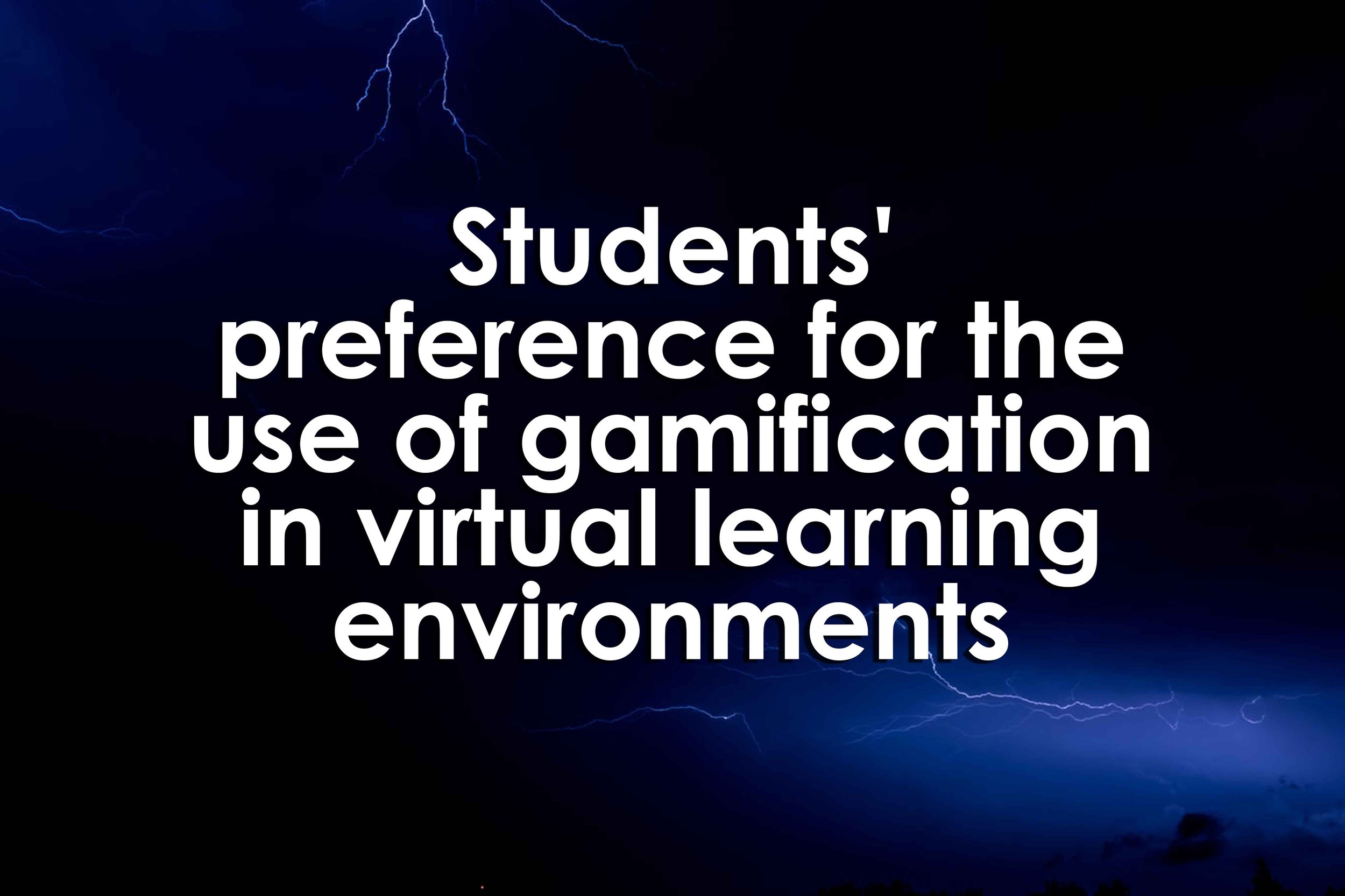Students' preference for the use of gamification in virtual learning environments
Students' preference for the use of gamification in virtual learning environments
Students' preference for the use of gamification in virtual learning environments
By Julieth Katherin Acosta-Medina, Martha Liliana Torres-Barreto, Andrés Felipe Cárdenas-Parga
Abstract
“Virtual education faces tremendous challenges such as lack of motivation and high dropout rates. However, one solution to this problem is the incorporation of digital pedagogical strategies based on gamification, which promote interest, facilitate the learning process, and contribute to reducing dropout. In this sense, we evaluated the student's preference for using the gamified tool Didactic City, by using a quantitative methodology and structural equation models. This preference included fundamental factors such as utility, knowledge, engagement, enjoyment, motivation, and ease of use. The results are expected to contribute to create a more informed decision-making process not only for video game designers but also for pedagogues, and educational managers who could perform game improvements, redesigns, inclusion, or exclusion of individual elements that would make students prefer to use gamification tools in the future. The results indicate that the students' utility, the enjoyment generated by the tool, and the improvement of knowledge are the critical factors in terms of preference for using gamified tools in virtual learning environments.”
Reference
Acosta-Medina, J., Torres-Barreto, M., & Cárdenas-Parga, A. (2021). Students' preference for the use of gamification in virtual learning environments. Retrieved October 28, 2021, from https://ajet.org.au/index.php/AJET/article/view/6512
Keyword
Gamification, preference for use, e-learning, virtual learning environments, structural equation modelling, research

